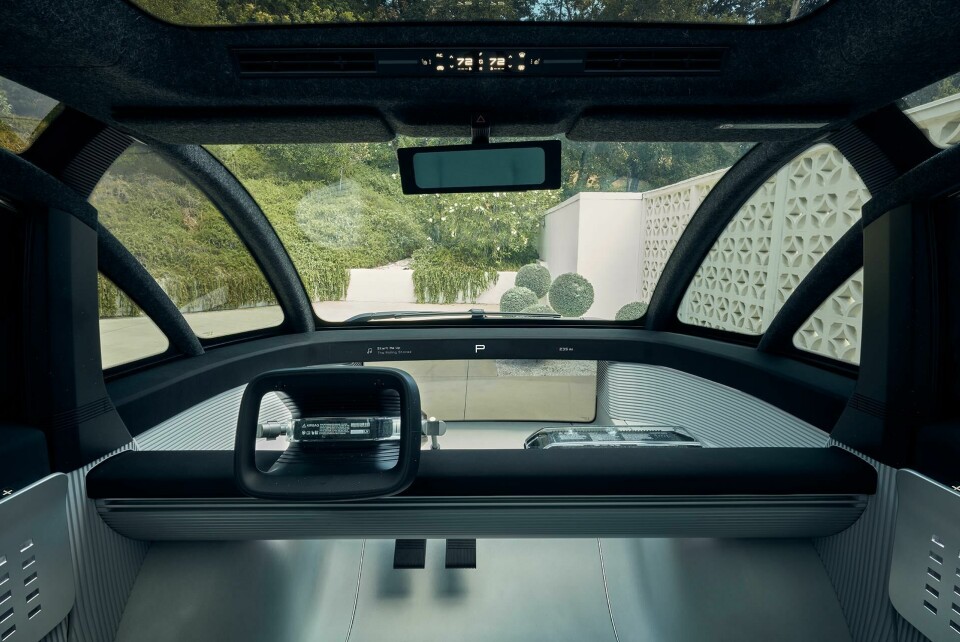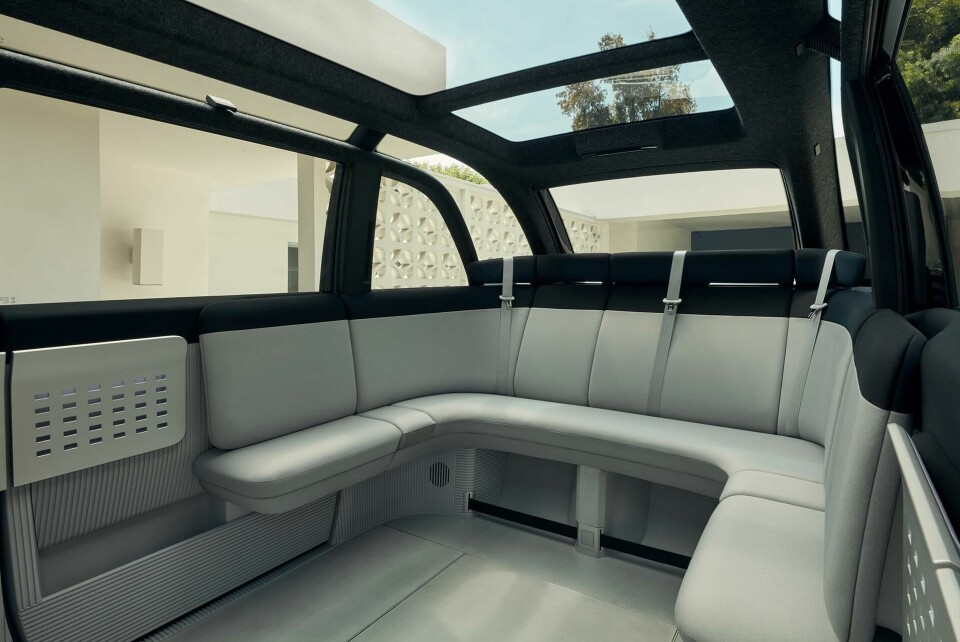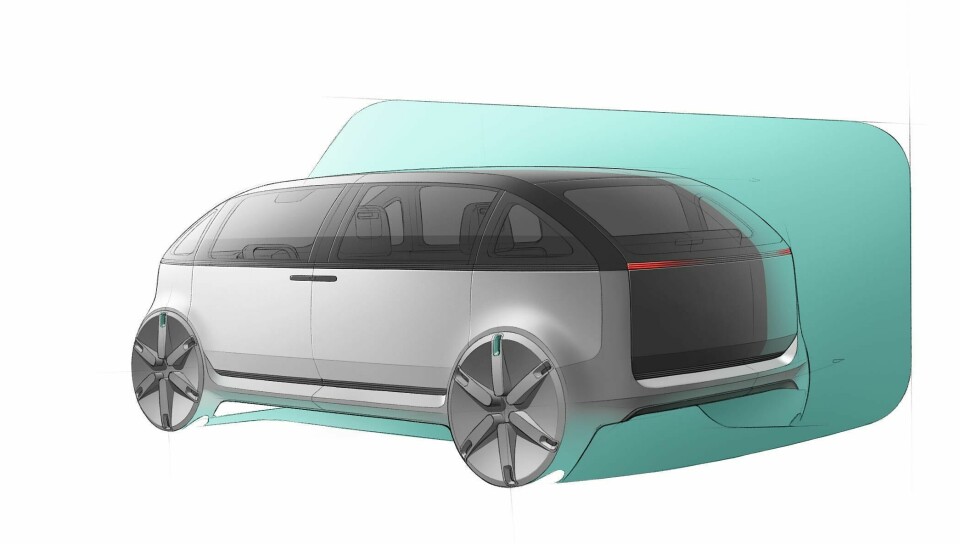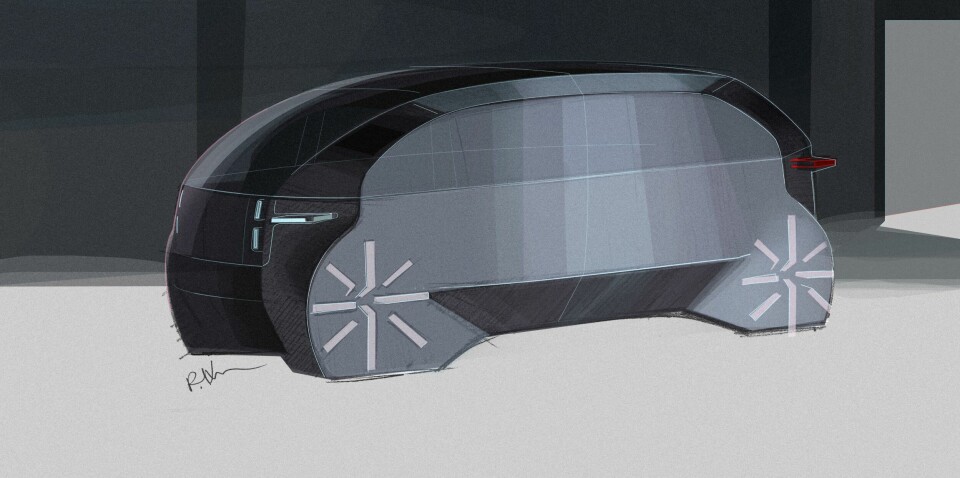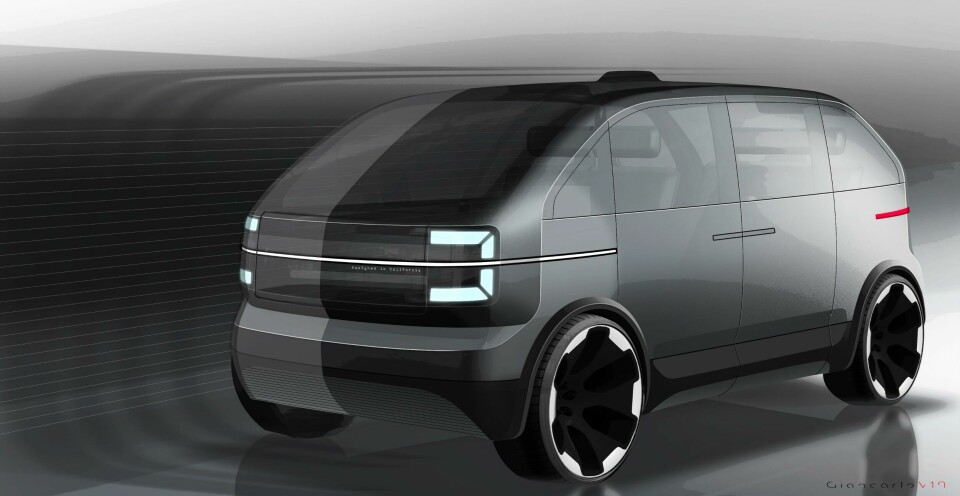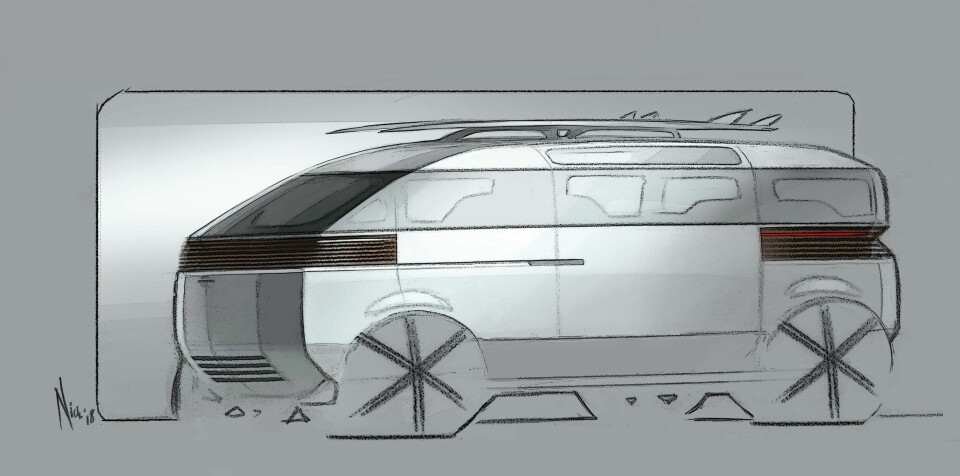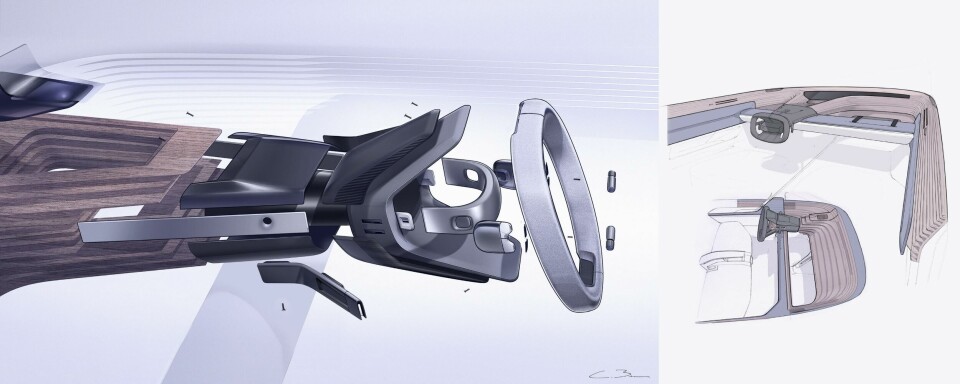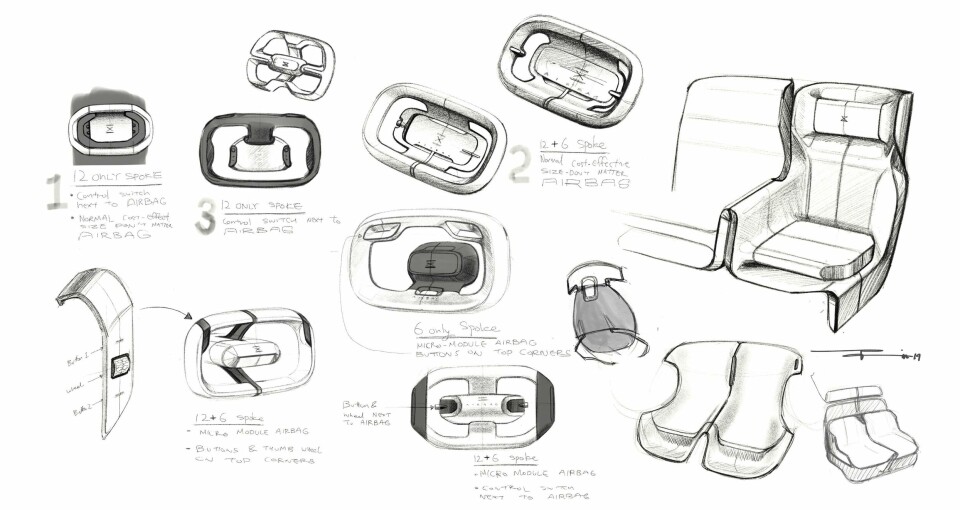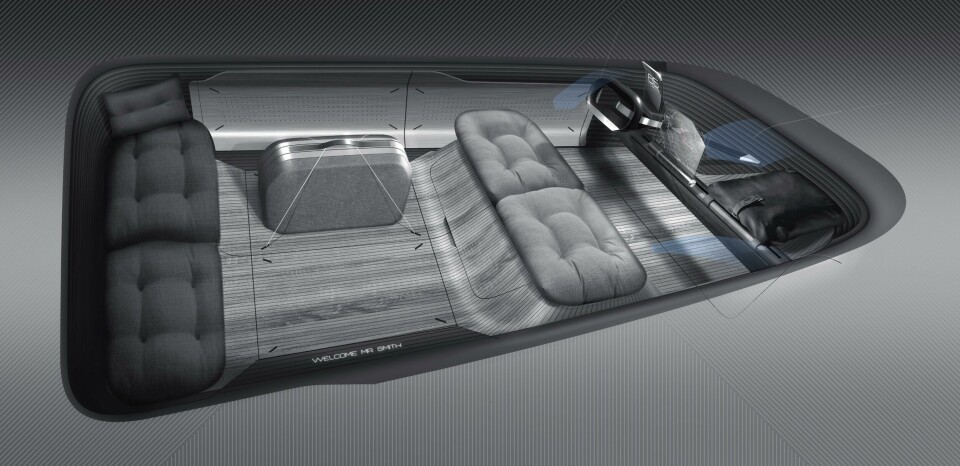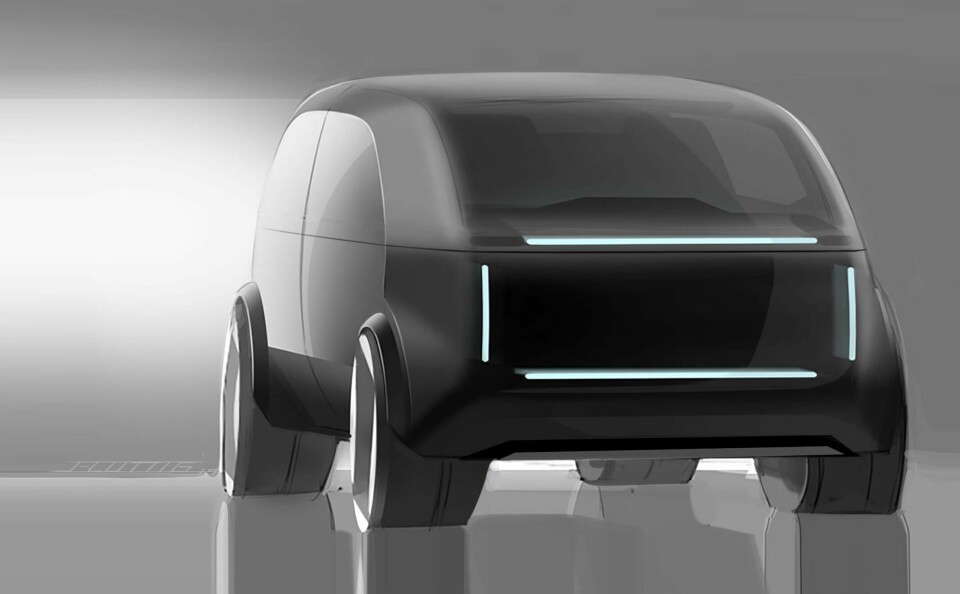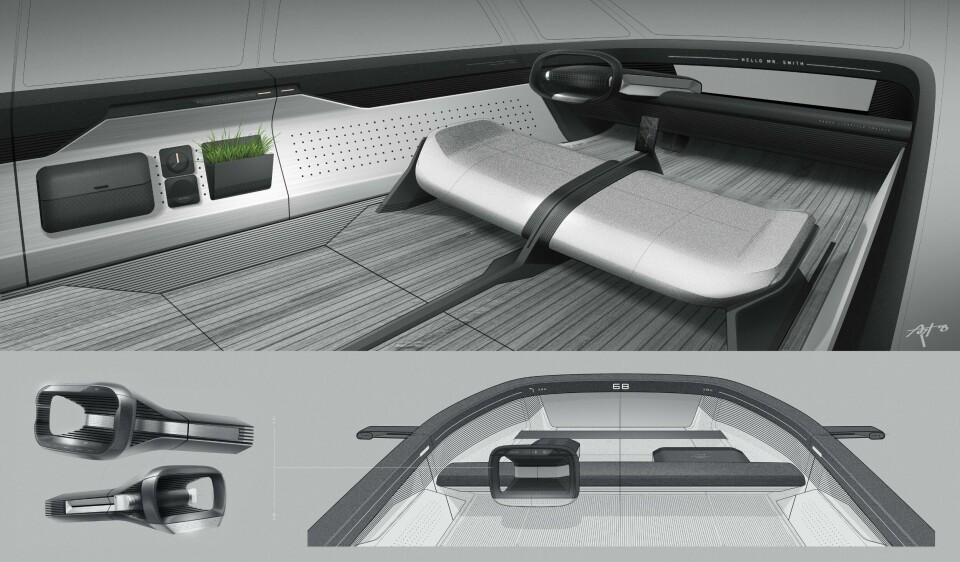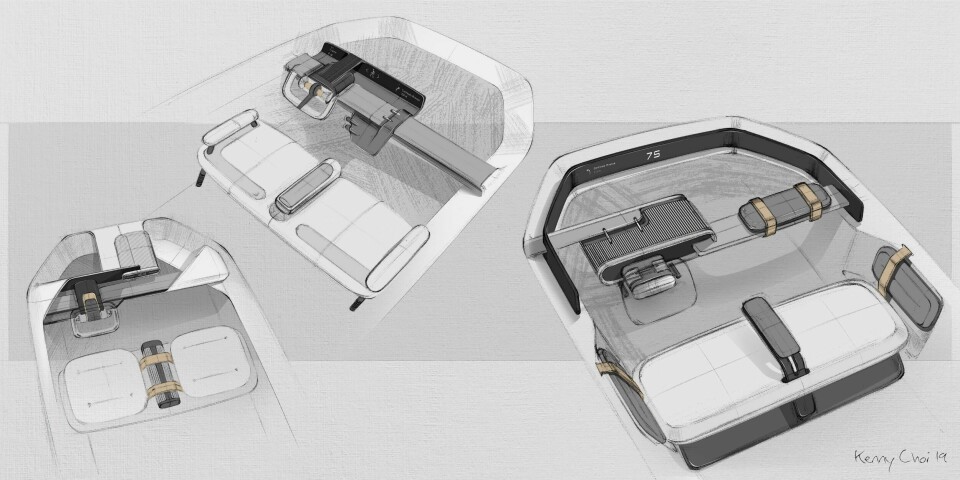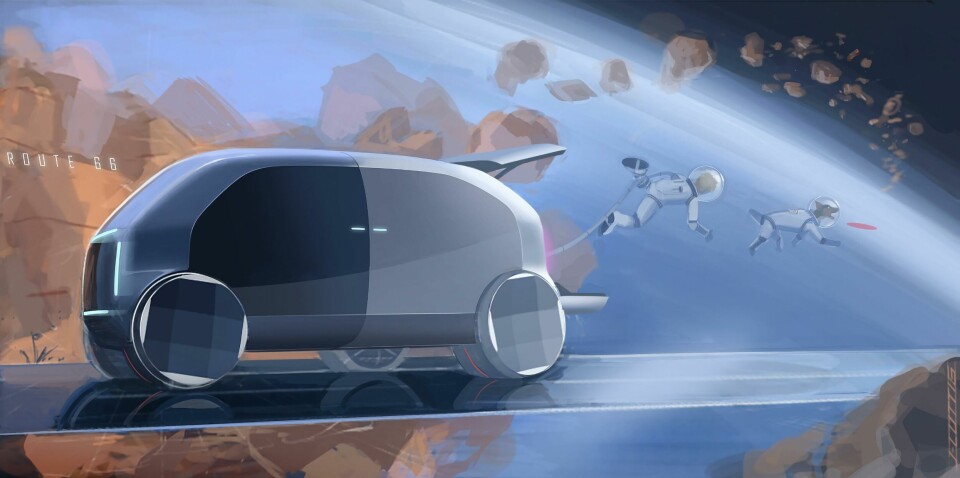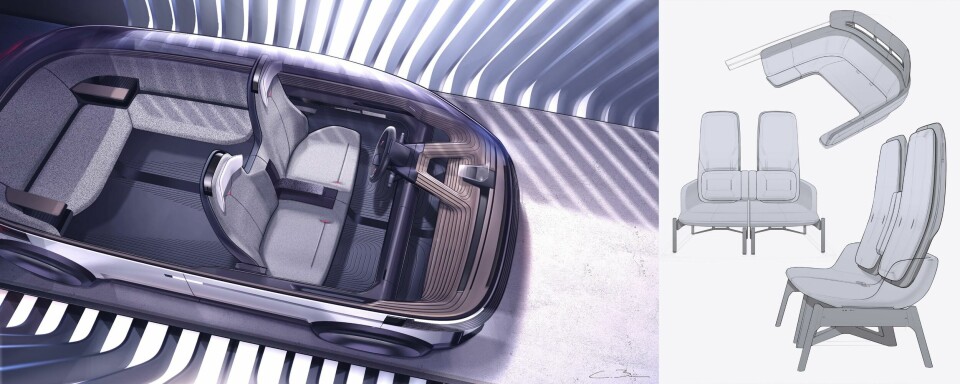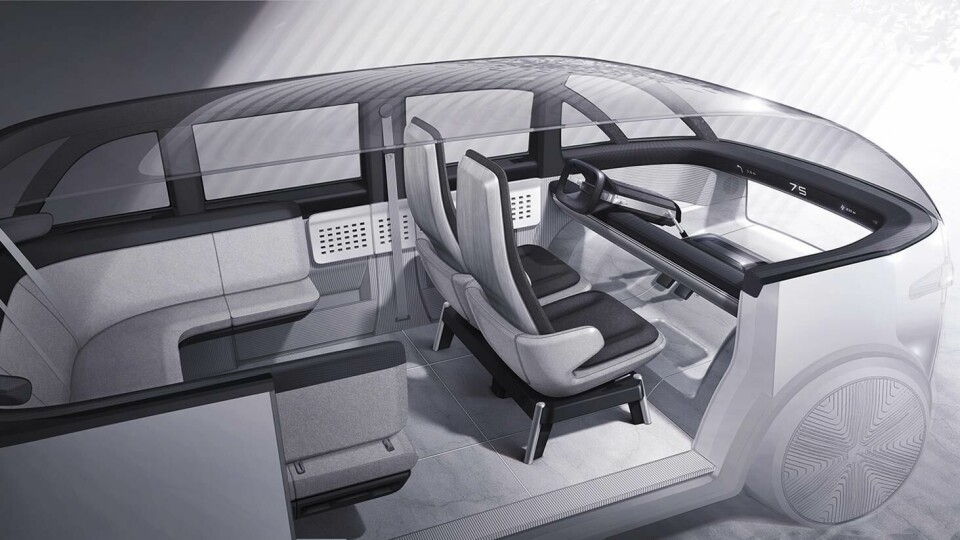
Discussing Canoo Design with Richard Kim
Richard Kim, the lead designer at Canoo, speaks to CDN about the new company and its unusual approach to vehicle design
At the launch of the new Canoo automotive brand, Chairman of the Advisory Board Stefan Krause opened the proceedings with a vision of Canoo.
“Our objective was to design a car that would fit into the city of the future,” he said.
He asked the assembled guests to “Judge our car in the context of the future,” before introducing Design Director Richard Kim, who said a few words about the design of the Canoo car.
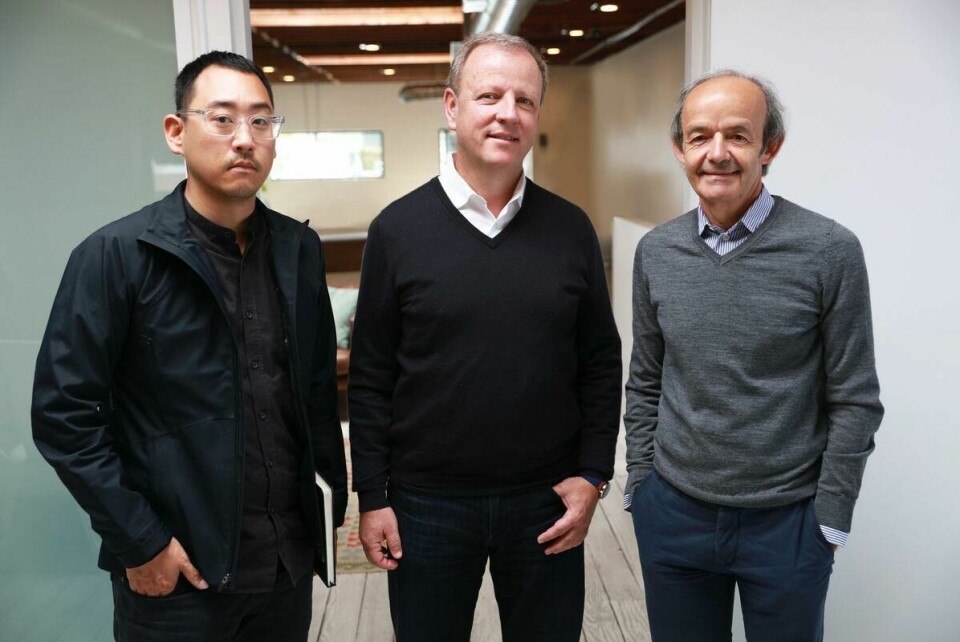
Richard Kim was an original member of the BMW i design team, serving as lead exterior designer for the BMW i3 Concept and i3 production car. He led the design of the equally lauded i8 Concept, the i8 Spyder Concept, and the BMW E-Kickboard Concept. He has also worked in the design studios of Nissan-Infiniti in London, GM Cadillac Advanced Design in Hollywood, and VW/Audi/Porsche units in Barcelona, Ingolstadt, and Santa Monica.
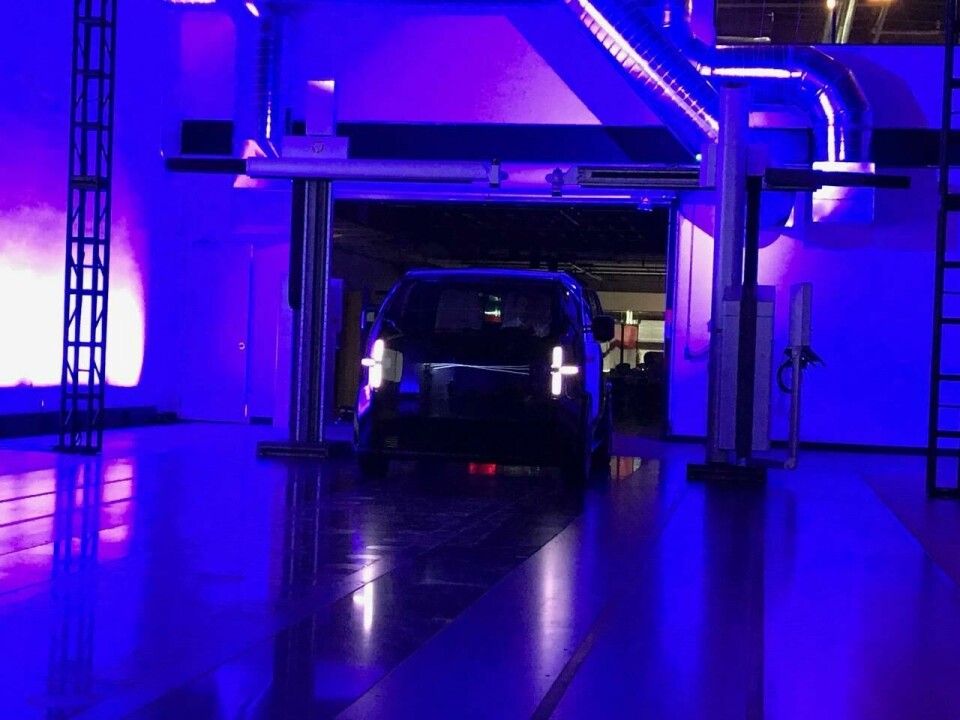
In his remarks, Kim included some historical perspective: “Let’s talk about the compartmentalism of vehicles. This started before there were cars. A horse-drawn carriage was a three-compartment vehicle – the horses as the ‘engine”, the carriage as the passenger compartment, and a trunk hung off the back of the carriage.”
With the electric skateboard we are now past all of that. We can now open the automotive interior up to make one simple, minimalist room. We call it the urban loft on wheels; totally open totally spacious, totally clean. Give the customer what is needed – honestly, totally exposed, like pipes in a loft – and just take away the rest.”
Kim then went on to give more detailed comments about certain elements of the canoo – the seating, screens and the instrument panel, the face and image of the car.
We followed up with Kim in an interview and asked him to explain in more details the most important aspects of the design.
Car Design News: The face of the car is so important, but currently we are seeing very aggressive and angry faces on cars all around us. Canoo is something completely different. Could you tell us about designing the face of the car?
Richard Kim: In this industry we often spend a lot of time developing the ‘eyes’, the headlights and the grille. Even in EVs the grilles are really big. As we designed canoo, we had to be really disciplined to leave out elements that don’t really benefit the customer. Instead of the grille, we placed a window at the front of the car which is actually useful to the driver.
We can spend a lot of money, and I am guilty of this too, on things that are distinguished by a premium logo – cars included. But we don’t really need a logo on a car, and so canoo doesn’t have one. The lights act as the branding or the ‘logo’ on the car. That alone makes the car unique.
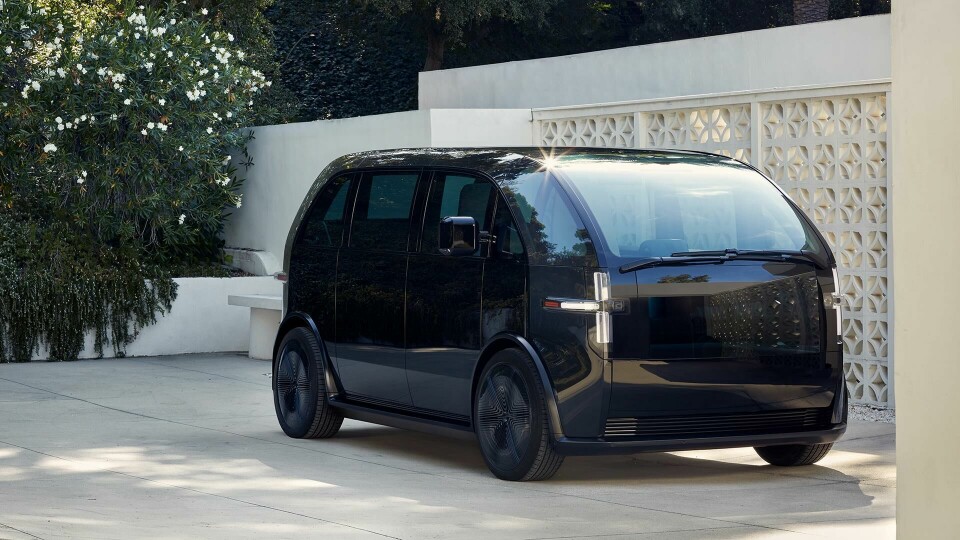
CDN: Could you tell us more about the headlights and their unusual shape?
RK: It was “form follows function”. We found a headlight shape that was the right size and was the most efficient and met all the functional requirements. That unique shape became the logo for the brand.
CDN: You had mention that Canoo will have several vehicles in its line-up. The decision was made to introduce the monovolume first. Why was it chosen? Was it to make a clean break from conventional cars? Did it free from you from existing conventions about what the face and image of the canoo should be?
RK: Yes, we wanted to get out of the ‘car-ness’ mentality. We talk about typical elements of cars – strongly directional, aggressive face and stance, long hoods, the cabin, the trunk. We wanted to get away from all that to create the sensation of space in a very small footprint. Again, a form-follows-function exercise.
The monoform allows a reconsideration of the face of the car, but it really all starts with the freedom the skateboard platform provides. We worked outward from there. Also, the program was really about what people need more than what they want. That was a unique design problem for us.
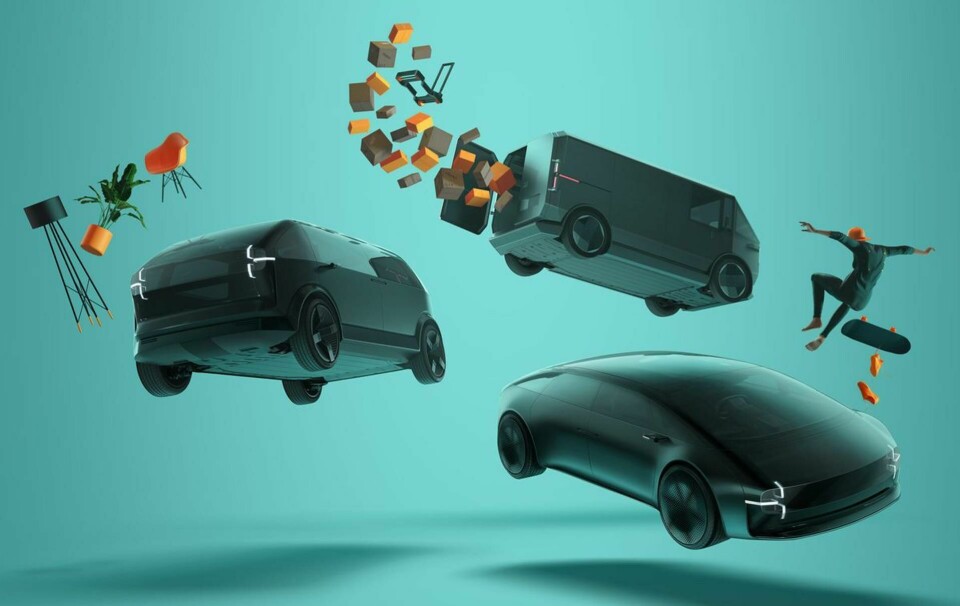
CDN: In your introduction you talked about the lack of screens in the car. Could you tell us more about that design and business strategy decision?
RK: We removed all screens. Why? There is simply no screen better than the one in your pocket. This is the screen you know, that you trust. You don’t need another system to learn.
When we first sat down to design canoo, we looked at many of the concept cars being introduced. They were like downtown Las Vegas! Huge screens, distracting, full of information and infotainment you may not need… and all those screens are very expensive. We have removed all that and passed the savings back to the customer.
CDN: The canoo has a hatchback and a folding seat. Was that considered necessary?
RK: One of the great design features of the canoo is the open centre space that allows quick storage and access to items placed in the centre of the car. A stroller, or a bike, or luggage, can quickly be placed and retrieved without the hassle of running to the back of the car in crowded urban situations.
That said, there are times when you would like to stow something like a laptop bag, or a briefcase in a more secure place. The trunk and hatchback allow for this.
CDN: It is interesting you mention the open centre space. When I looked through the door, I immediately thought of the London Taxi.
RK: Yes, a good analogy – and of course, the London Taxi is an urban car.
CDN: Several of the PR photos show people in the car just hanging out while it is parked. Do you see one of the canoo’s functions as sort of a clubhouse, a place to relax with friends?
RK: Absolutely. We want to give this ‘other space’, away from both home and work. The openness of the interior is matched by the panoramic room that makes the space feel airy and spacious. We actually held important design and company strategy meetings while sitting in the canoo. I can tell you that no other car company has done this, especially in a vehicle with such a small footprint.
CDN: Was there a specific chair that inspired the front seats?
RK: Not one specific chair, but a lot of mid-century modern furniture, which we admired for its design and its affordability. When it was first introduced mid-century modern was reasonably affordable. It only got expensive when it got a cult following. The premise was that this was modern furniture for everybody.
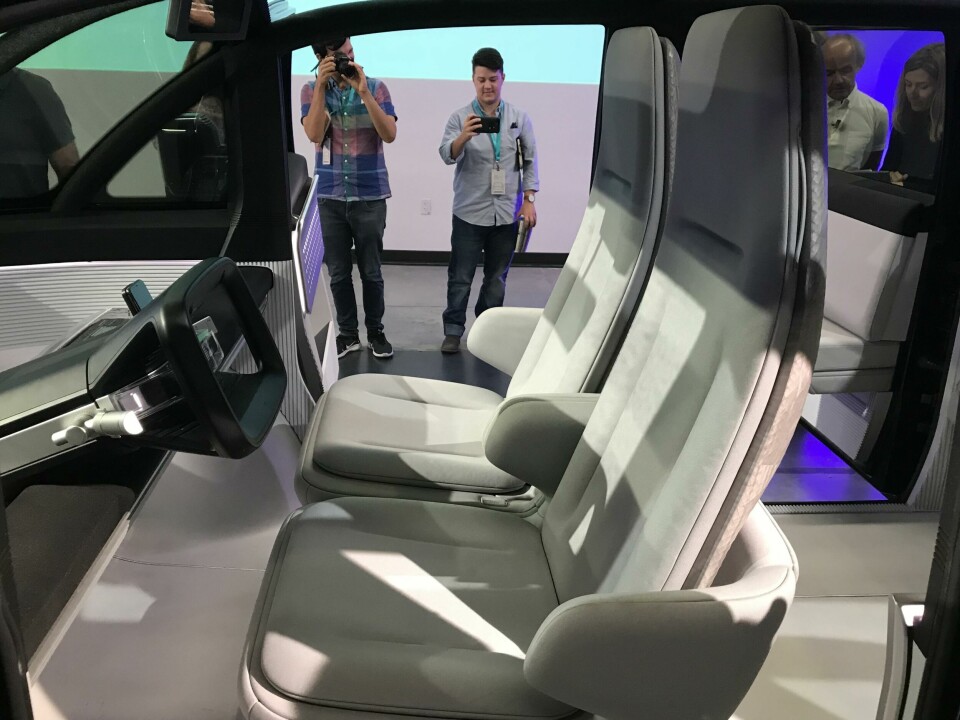
In current cars, every seat feels like its own compartment and when it is empty it feels like a waste of space. In our car, the loft idea allows for seating with a nice open space. Even the rear seat, so cramped and awkward in many vehicles, is designed like a sectional sofa. It creates a place for travelling, but also for hanging out and relaxing in a loft-like space.
The mid-century modern furniture we admire was light and simple, a good model for us. And canoo is a car for everyone – it is not intended for just a select few, only to be seen in magazines.
Richard Kim will be speaking at the Car Design News LA Forum at the LA Auto Show 2019.
